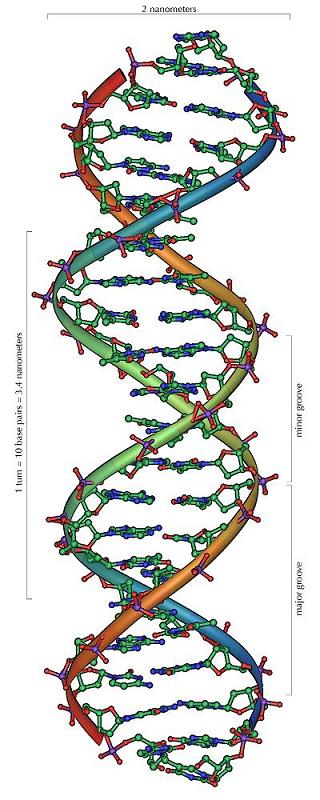By changing individual atoms in DNA and preparing unique particles, researchers from the University of Georgia hope to open up new horizons for a better understanding of the mechanism of DNA replication and reproduction, and perhaps for the development of new treatments against diseases.

By changing individual atoms in DNA and preparing unique fragments, researchers from the University of Georgia hope to open up new horizons for a better understanding of the mechanism of DNA replication and reproduction, and perhaps for the development of new treatments against diseases.
The professor of chemistry and chemical biology Zhen Huang and his laboratory team succeeded, for the first time ever, in changing chemical groups, called methyl and phosphorus groups, in a DNA sample. containing a selenium atom in order to bring them closer to the point of receiving hydrogen bonds.
Such interactions may reduce the energy required for the existence of the process called DNA strand separation. - A process that plays an important role in DNA priming, which must occur in order to be able to reproduce and read the genetic code during cell division. The research could also help explain how energy is used in this process.
"Suppose you want to perform some activity, such as carrying an object up the stairs or building a pyramid of heavy building blocks that need to be transported," explains the researcher. "You need a lot of energy for these processes. If a lot of energy is required, the process will be slow or even prevented."
for the DNA. The human genome consists of about three billion base pairs, which are part of the steps of the DNA "ladder". In the double helix, the helix containing the code leading to various genetic characteristics. If a lot of energy is needed to prime the DNA. The double helix is there to replicate, so the process slows down. On the other hand, if cell division is too fast, then the DNA. Not replicated correctly in its entirety - a result that leads to the creation of unhealthy cells.
New research directions may grow from this research, as well as lead to practical applications, the researcher explains, such as a better understanding of the transcription and activity of RNA. - the substance responsible for protein synthesis in the body.
If scientists know the exact shape and structures of the DNA fragments. and H.N.A. They will be able to design and develop drugs that can bind more selectively and precisely to these substances - while delaying the manifestation and progression of the disease to the point of elimination - whether the disease is cancer, AIDS or any other disease of viral origin.

One response
The evolution of understanding the evolution of DNA